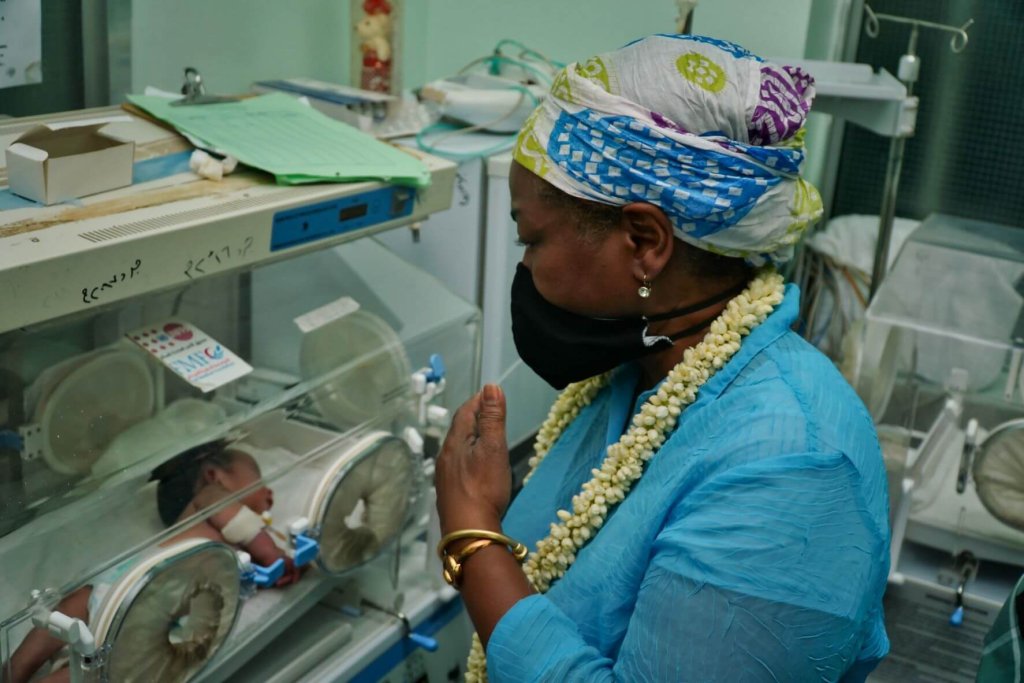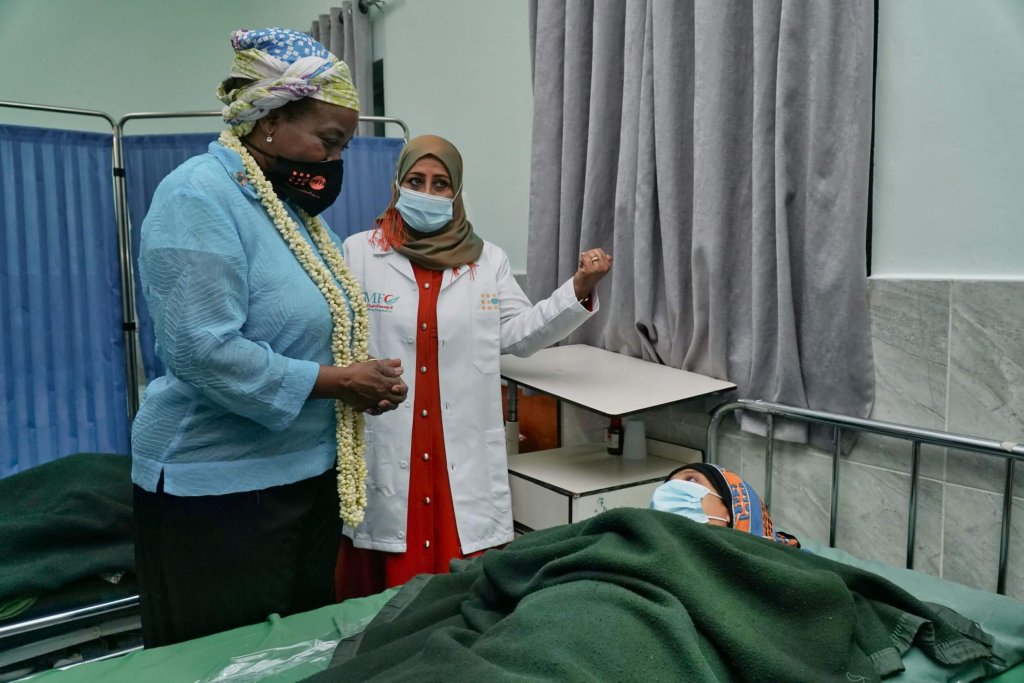
“Bullets were coming from all the corners of the street. I found a pregnant woman lying down and crying for help. I pulled her inside a car where a few minutes later she gave birth to a healthy baby boy.”
After six years of violent conflict, Shrook Khalid Saeed, a UNFPA midwife in Yemen, is accustomed to delivering babies in a war zone. The conflict has caused destroyed or shut down half of all health facilities. Only 20% remaining facilities provide maternal and child health services.
The COVID-19 pandemic and looming famine have made an already desperate situation even worse. Women pay the highest price: according to UNFPA, every two hours, a mother in Yemen dies during childbirth. “I’ve been in many maternity wards, and they are usually a place of joy. But in Yemen, I witnessed the devastation of malnutrition and hunger, with newborn babies on feeding tubes and mothers weakened by fear and exhaustion,” noted UNFPA Executive Director Dr. Natalia Kanem.

Gender-Based Violence in Yemen
During her visit to Yemen, Dr. Kanem also met 13-year-old Alea,* a survivor of sexual and gender-based violence, rates of which have skyrocketed during the panemic. Like many girls in Yemen and other crises zones, Alea was forced into marriage. “My husband would beat me. I then ran to my father’s house, but he beat me. I had nowhere to go,” she told Dr. Kanem. Thankfully, a neighbor helped Alea escape. Now, she lives in a shelter where she’s getting the help she needs—one of eight that UNFPA supports, along with 51 women’s and girls’ safe spaces.
Today, UNFPA is the only organization providing sexual and reproductive health care in Yemen, including care during childbirth. With your continued support, the agency will do everything in its power to ensure that women and girls there and around the world live with health and dignity—no matter what.
UNFPA.org originally published a version of this story.